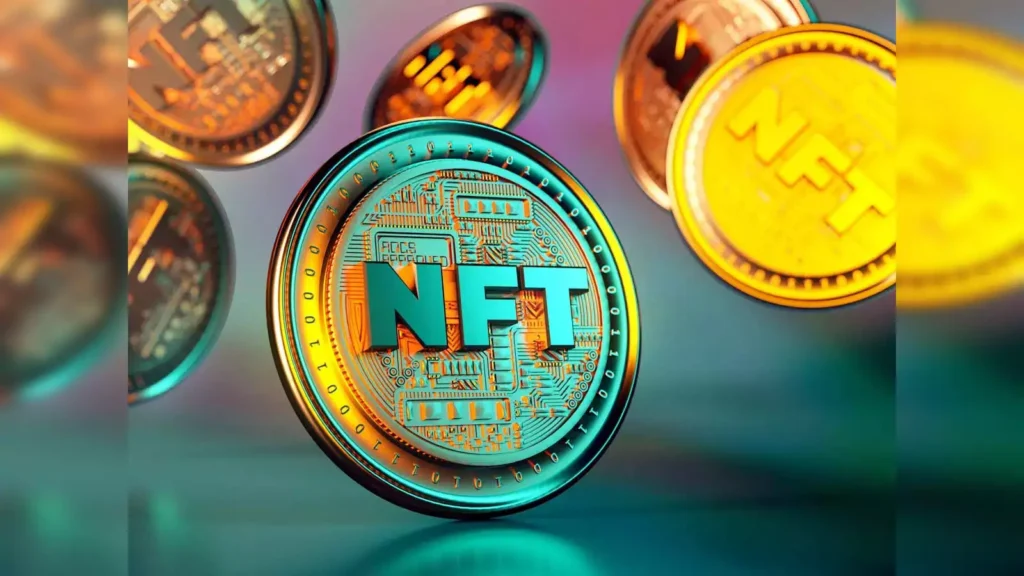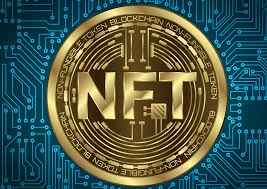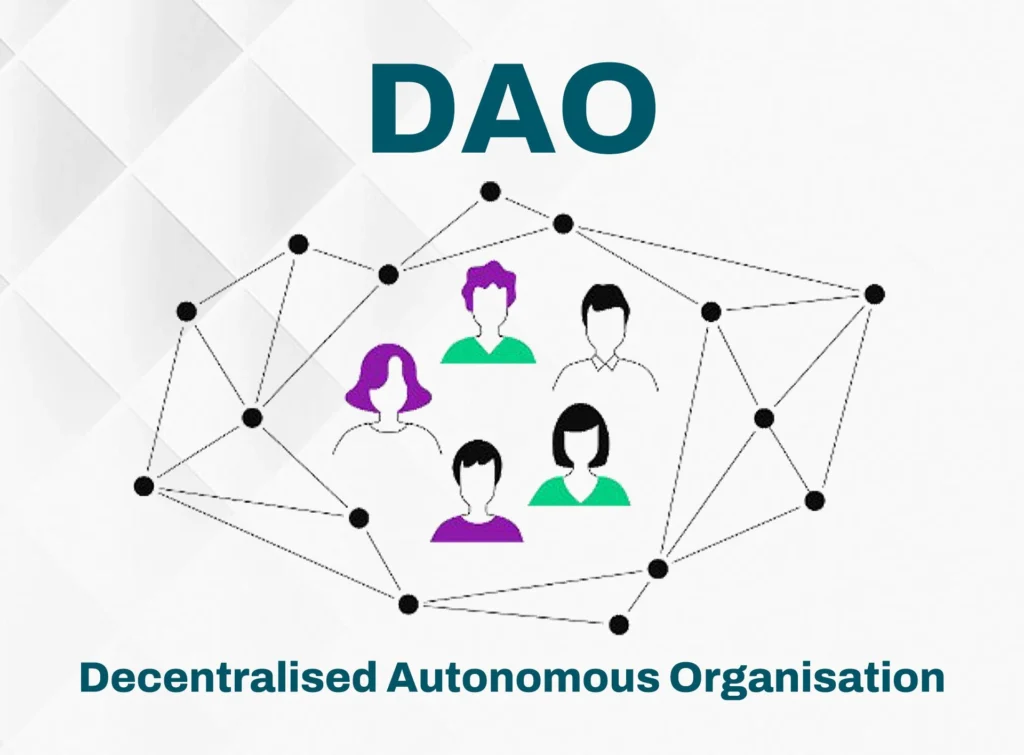Web3 Skepticism: The Breakdown
As Web3 headlines multiply, so does the doubt. For every bold pitch about decentralization and creator empowerment, there’s a messy reality lurking in the background. So what’s really going on? Here’s a roundup of the top reasons why Web3 skepticism is growing — and a few reasons why people still believe Web3 has potential.
7 Reasons Web3 Skepticism Is Spreading
1. High-Profile Scandals & Crashes
From NFT rug pulls to crypto implosions (looking at you, FTX), the Web3 world has had more than its fair share of disasters. These headlines shake trust and spotlight the space’s lack of regulation and accountability.


2. Decentralization… Kind of?
Web3 is supposed to be decentralized, but many “decentralized” apps rely on centralized servers like AWS or are governed by a handful of whales. Critics argue it’s decentralization in name only.
3. DAO Drama and Governance Gaps
DAOs promised community-led decision-making, but many have struggled with unclear rules, low participation, and internal chaos. Skeptics ask: are these actually better than traditional orgs?

4. Gas Fees and Bad UX
For a technology aiming to be “the future of the internet,” Web3 can feel… broken. Gas fees make it expensive, wallet interfaces are confusing, and the average user experience is anything but smooth.

5. Token-First, Product-Later Culture
Too many projects launch tokens before they launch functioning platforms. This invites speculation over substance and leaves users wondering if the goal is innovation — or just cash grabs.
6. Buzzwords Over Substance
If you’ve read a white paper that sounds like a sci-fi novel but can’t explain what the product actually does — you’re not alone. The space is flooded with jargon, making it hard to separate real ideas from fluff.
7. Repackaged Capitalism
Critics argue Web3 just shifts power from one elite group to another. Instead of Big Tech, we get token whales and VC-backed “decentralized” projects. Is it truly better — or just new branding for the same system?
3 Reasons Web3 Still Has True Believers
1. Genuinely Useful Innovations
Despite the noise, some projects are tackling real problems: data privacy, creator monetization, digital identity, and open protocols. These aren’t just buzzwords — they’re building blocks for a better web.


2. We’ve Been Here Before
Skeptics said the same about the early internet. It was chaotic, full of scams, and hard to use. Sound familiar? Web3 could be going through its messy adolescence — and still evolve into something real.

3. Healthy Skepticism Can Make Web3 Better
Constructive doubt isn’t just okay — it’s essential. It holds builders accountable, slows the hype train, and forces clarity. The best parts of Web3 could still rise — if they’re given room to grow (and be questioned).
Final Take: Is Web3 Smoke and Mirrors or a Stepping Stone?
Honestly? It depends on where you’re looking.
If you’re only seeing vaporware, crypto bros, and speculative coins, the skepticism makes total sense. But if you look deeper — past the hype — there are builders creating tools that challenge old models.
The truth probably lives in the messy middle. And that’s exactly why this moment of doubt might be Web3’s best shot at evolving into something real.
Relevant Link : Here



